The dinosaur trade: is science getting left by the wayside?
The trade in dinosaur skeletons has never been brisker
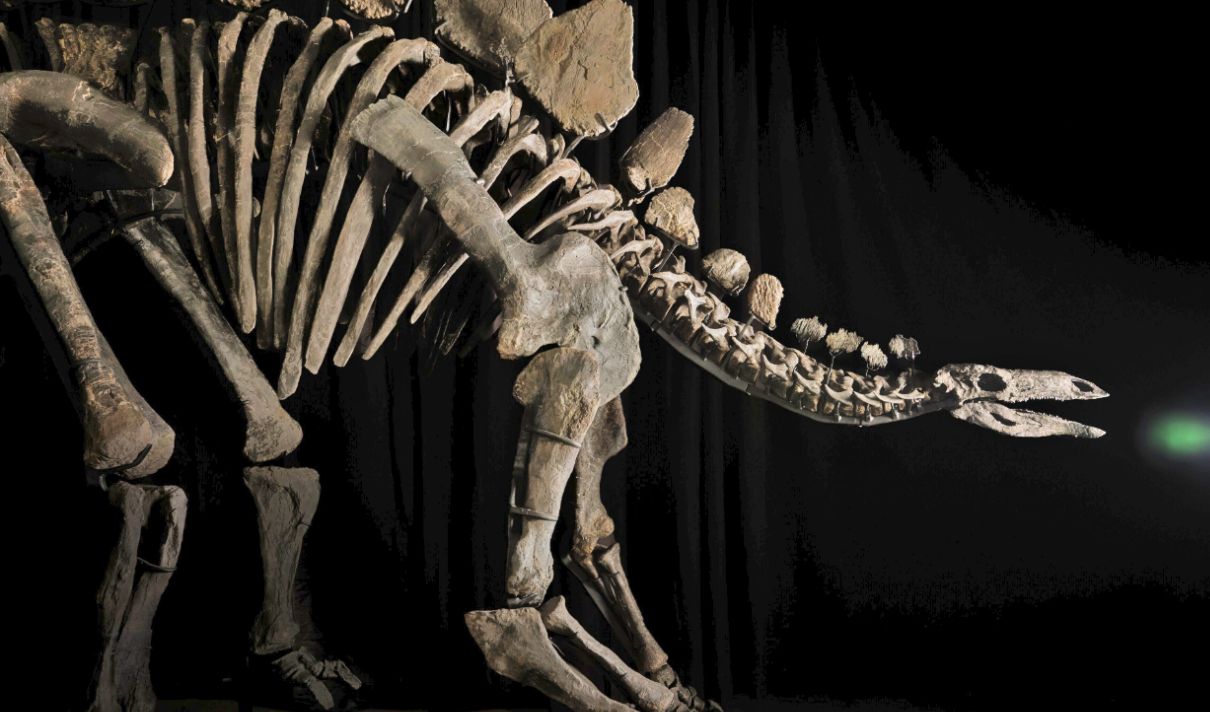
On 17 July, in New York, Sotheby's is auctioning the biggest fossilised Stegosaurus ever found, with a guide price of $4 million to $6 million. In its prime, around 155 million years ago, "Apex", as the specimen is known, was 11 feet tall and 27 feet long. The creature probably died of natural causes: the bones show signs of arthritis.
Apex was excavated near the town of Dinosaur, Colorado, in 2022-23 by Jason Cooper, a "commercial palaeontologist" who worked closely with Sotheby's to preserve the data thrown up by the dig. Sotheby's calls it "the most transparent sale of a dinosaur to have ever occurred". But some palaeontologists take issue. "If the specimen is as scientifically important as it’s purported, then they’re going about it entirely the wrong way," one told The New York Times.
How long have people been collecting dinosaurs?
The earliest dinosaur exhibition that we know of was probably the Roman emperor Augustus's collection of wonders, which, according to Suetonius, included "the huge bones of beasts of land and sea, known as the 'bones of giants'". In ancient China they were known as "dragon bones", and they're still in demand as an ingredient in traditional Chinese medicine. For most of European history, the world was thought to be only a few thousand years old, so the idea of extinct species didn't occur to many people; Georges Cuvier, the "father of palaeontology", established mass extinction as a fact in the 1810s. In 1842, Richard Owen, a British scientist, coined the word "dinosauria", meaning "terrible lizard".
The Week
Escape your echo chamber. Get the facts behind the news, plus analysis from multiple perspectives.

Sign up for The Week's Free Newsletters
From our morning news briefing to a weekly Good News Newsletter, get the best of The Week delivered directly to your inbox.
From our morning news briefing to a weekly Good News Newsletter, get the best of The Week delivered directly to your inbox.
Where were the first recognised dinosaurs found?
Some of the first complete skeletons were uncovered in the 1850s in Dorset, the home of Victorian fossil hunters such as Mary Anning. Almost all of the specimens of Archaeopteryx, famous as a transitional creature between dinosaurs and birds, were found in a limestone formation near Solnhofen in Germany, starting in the 1860s. Dinosaur mania gripped the US after the discovery of a Hadrosaur in New Jersey in 1858. Ten years later, this became the world's first mounted dinosaur skeleton, doubling the number of visitors to the Academy of Natural Sciences in Philadelphia. The opening up of the American west's rich fossil grounds led to the discovery of many of the best-known species, including Triceratops, Tyrannosaurus rex and Diplodocus – and to fierce rivalries between dinosaur hunters.
Has the market been going long?
Dinosaur-collecting was a rich man's hobby in the age of American railroad millionaires, and it became one again in the 1990s, when Steven Spielberg's film "Jurassic Park" (1993) popularised the findings of the recent "dinosaur renaissance" – a scientific revolution that upgraded the creatures from the lumbering beasts Victorians had imagined, to fast, more agile animals. Public interest then soared and, in 1997, a Tyrannosaurus skeleton known as "Sue", after its discoverer, Sue Hendrickson, was sold by Sotheby's for a then-record-breaking sum of $8.36m. Since then, the market has gone from strength to strength. The "Dueling Dinosaurs" fossil, made up of the intertwined skeletons of a T.rex and a Triceratops buried in a landslide, sold for $6m in 2020. "Stan", another T.rex, set the current world record at a Christie's auction the same year, when a mystery buyer – revealed to be Abu Dhabi's Department of Culture and Tourism – paid $31.8m for the skeleton. Many of these specimens have gone to well-heeled private collectors.
What's wrong with that?
Unlike art museums, natural history museums don't typically budget for acquisitions, and, even if they did, they often couldn't compete with tech billionaires and bankers. As a result, instead of advancing scientific knowledge, many fossils end up in Silicon Valley atriums or in private collections. China, Mongolia, Brazil, Argentina and Canada, where some of the richest bone beds are found, treat dinosaur fossils as cultural heritage and don't allow them to be exported, though some are smuggled out anyway. US and British law treats them more like mineral rights, and there are lots of commercial prospectors in US states such as Montana, Wyoming and the Dakotas.
Does that matter?
Palaeontologists are interested in the rock layers in which fossils are found as well as in the fossils themselves: "site stratigraphy" lets them deduce a lot about dinosaurs' environment. Commercial diggers, not to mention illegal excavators and smugglers, are less likely to document this. They're also prone to cleaning up bones with high-pressure blasts of baking powder, and filling in cracks with epoxy resin. The amount of money involved leads to scientists being kept out of some rich territory – and to legal battles over ownership rights. In 2022, a T.rex known as "Shen" was withdrawn from sale when it emerged that the skeleton had been "supplemented" with copies of Stan's bones, which are the intellectual property of the company that excavated Stan.
A free daily email with the biggest news stories of the day – and the best features from TheWeek.com
What can scientists do about it?
The major scientific journals won't publish studies of privately held fossils, and the Society of Vertebrate Palaeontology argues that the ban should be extended to private specimens on long-term loan to museums. But not everyone agrees. Most historical specimens – every known Archaeopteryx, for example – were found by amateur enthusiasts: why exclude them? Many buyers lend their trophies to museums, where they're accessible to scientists, and auction houses understand the need to establish provenance. Arguably, even the most money-minded fossil hunters play a role in conservation. "Every year, thousands of fossils around the world are exposed to the elements by ordinary geological processes," a Sotheby's spokesperson told The Economist, "before being weathered to dust without a trace."
The "Bone Wars"
In the 1860s, the transcontinental railroad opened up the American west – and, with it, the rich bone beds of Wyoming, Colorado and Nebraska. The result was the Great Dinosaur Rush – and a heated rivalry between two leading palaeontologists, Edward Drinker Cope, of Philadelphia, and Othniel Charles Marsh, of Yale, who both directed and funded multiple expeditions. Initially, their relationship was amicable, but it degenerated into a personal feud as they tried to outdo each other in discoveries and discredit each other's theories.
Marsh insulted Cope by pointing out that he'd put a Plesiosaur's head at the wrong end of its skeleton. The tensions led, in time, to stone-throwing battles between rival teams of excavators, and to damage to rival sites. The battle eventually brought both men to financial ruin and hurt the reputation of palaeontology, while the speed at which they worked led to confusions and misconceptions that took decades to clear up. Yet they did both discover many new species. Strictly speaking, Marsh won the "Bone Wars", with 80 new types of dinosaur to his name, against Cope's 56. Cope left his own skull to science in the hope of proving that his brain was bigger than Marsh's. Unfortunately, Marsh declined the challenge.
-
 ‘The Big Crunch’: why science is divided over the future of the universe
‘The Big Crunch’: why science is divided over the future of the universeThe Explainer New study upends the prevailing theory about dark matter and says it is weakening
-
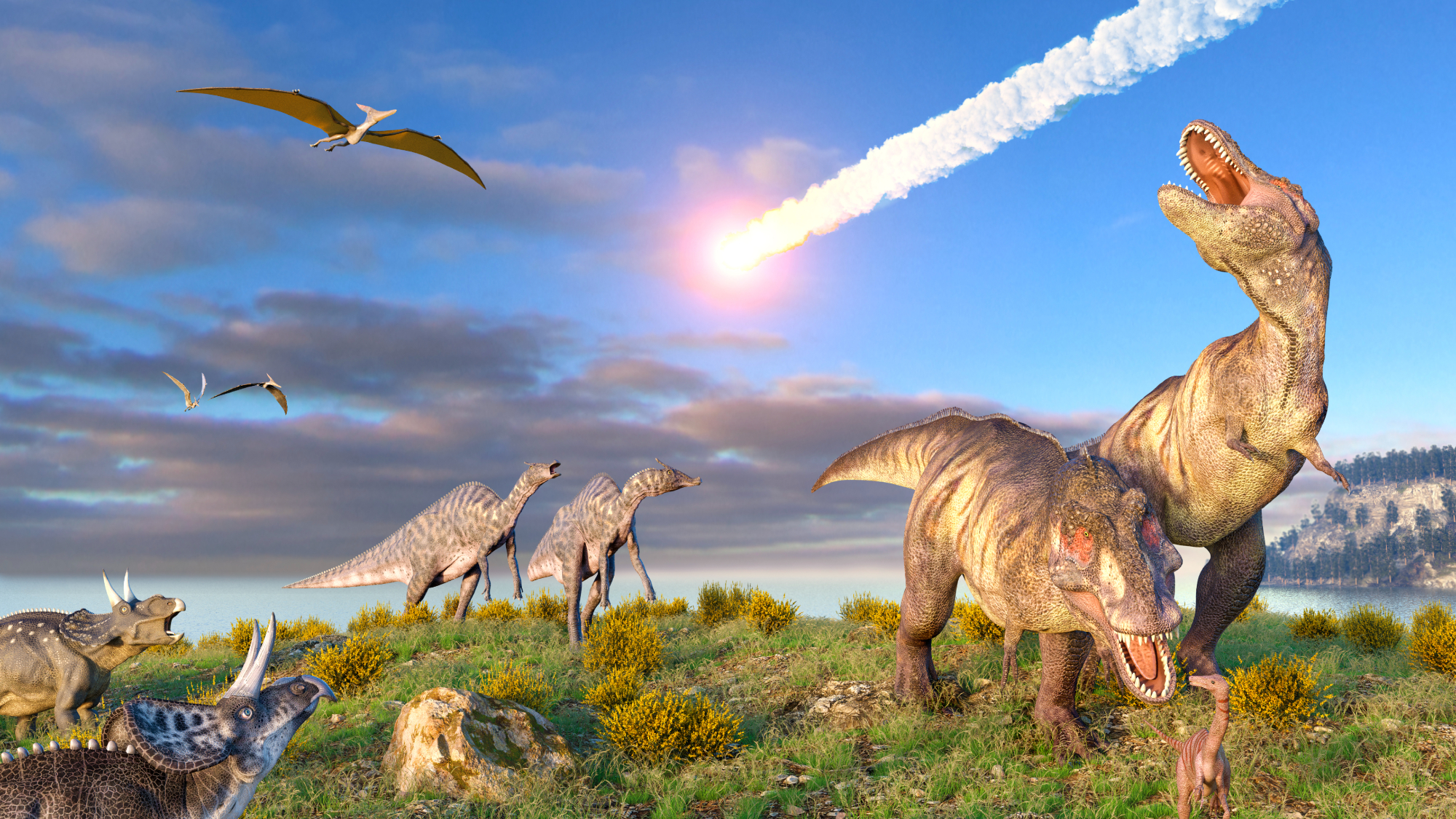 Dinosaurs were thriving before asteroid, study finds
Dinosaurs were thriving before asteroid, study findsSpeed Read The dinosaurs would not have gone extinct if not for the asteroid
-
 The moon is rusting
The moon is rustingUnder the radar The Earth is likely to blame
-
 Africa could become the next frontier for space programs
Africa could become the next frontier for space programsThe Explainer China and the US are both working on space applications for Africa
-
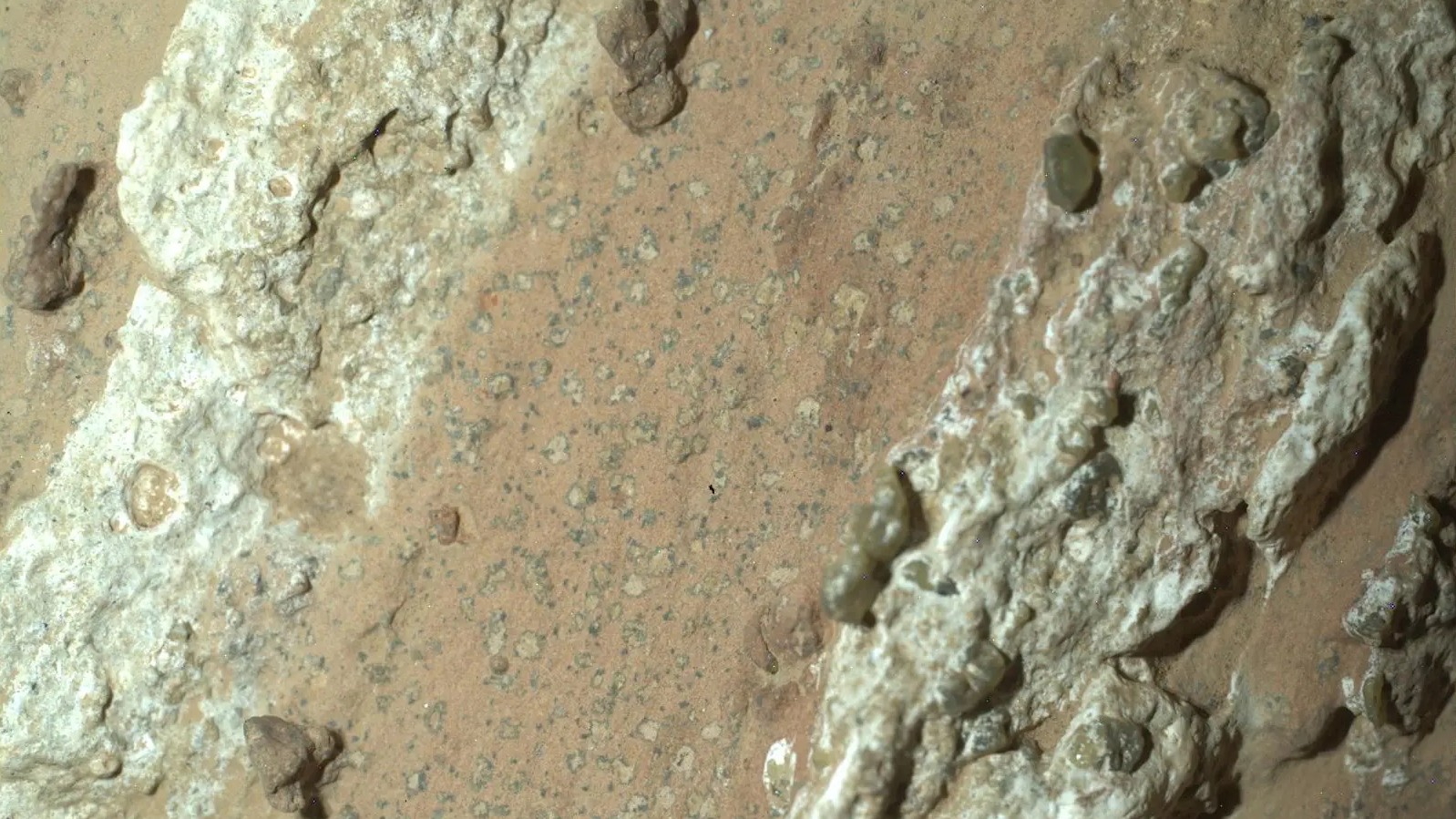 NASA reveals ‘clearest sign of life’ on Mars yet
NASA reveals ‘clearest sign of life’ on Mars yetSpeed Read The evidence came in the form of a rock sample collected on the planet
-
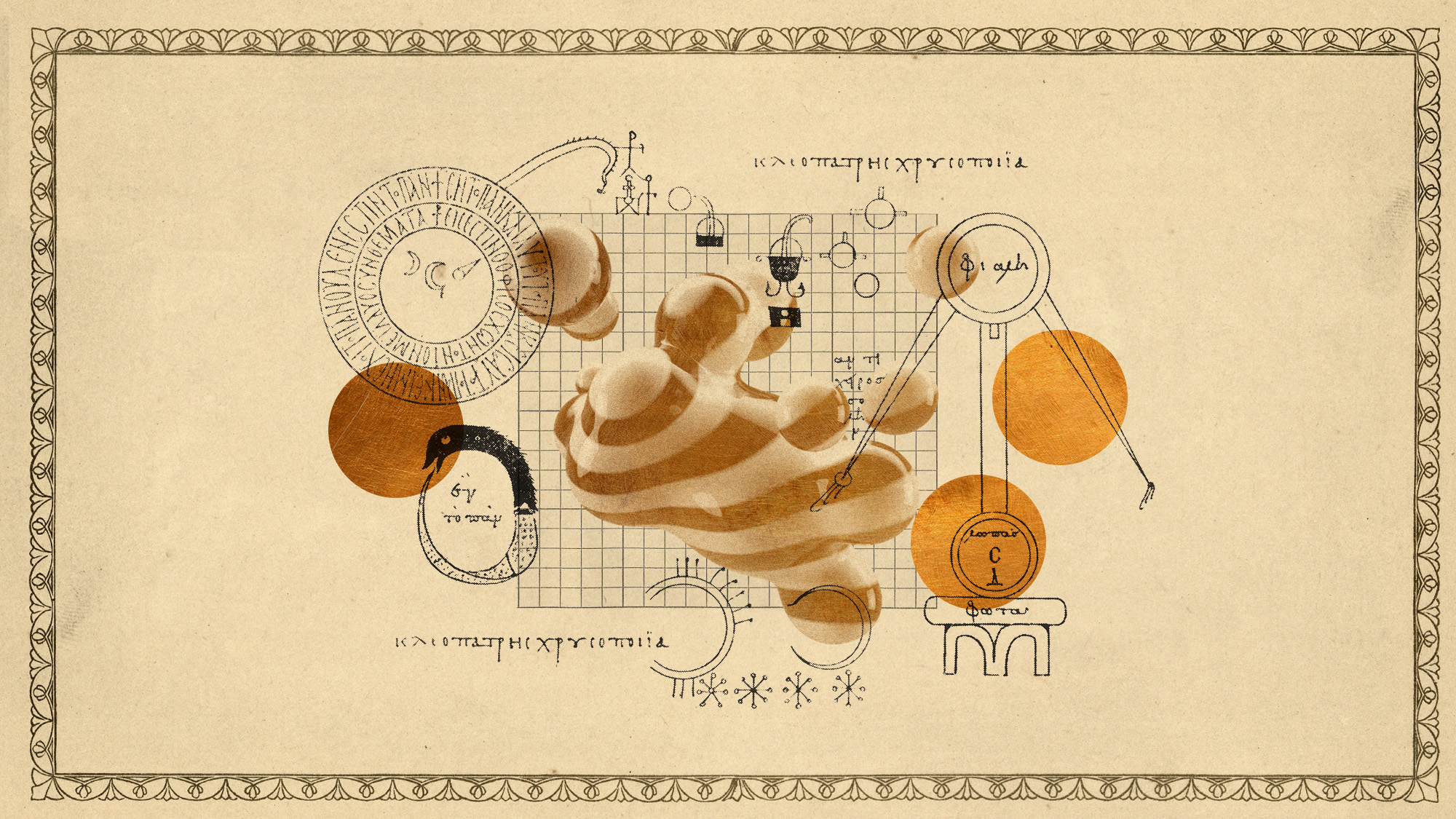 Atoms into gold: alchemy's modern resurgence
Atoms into gold: alchemy's modern resurgenceUnder the radar The practice of alchemy has been attempted for thousands of years
-
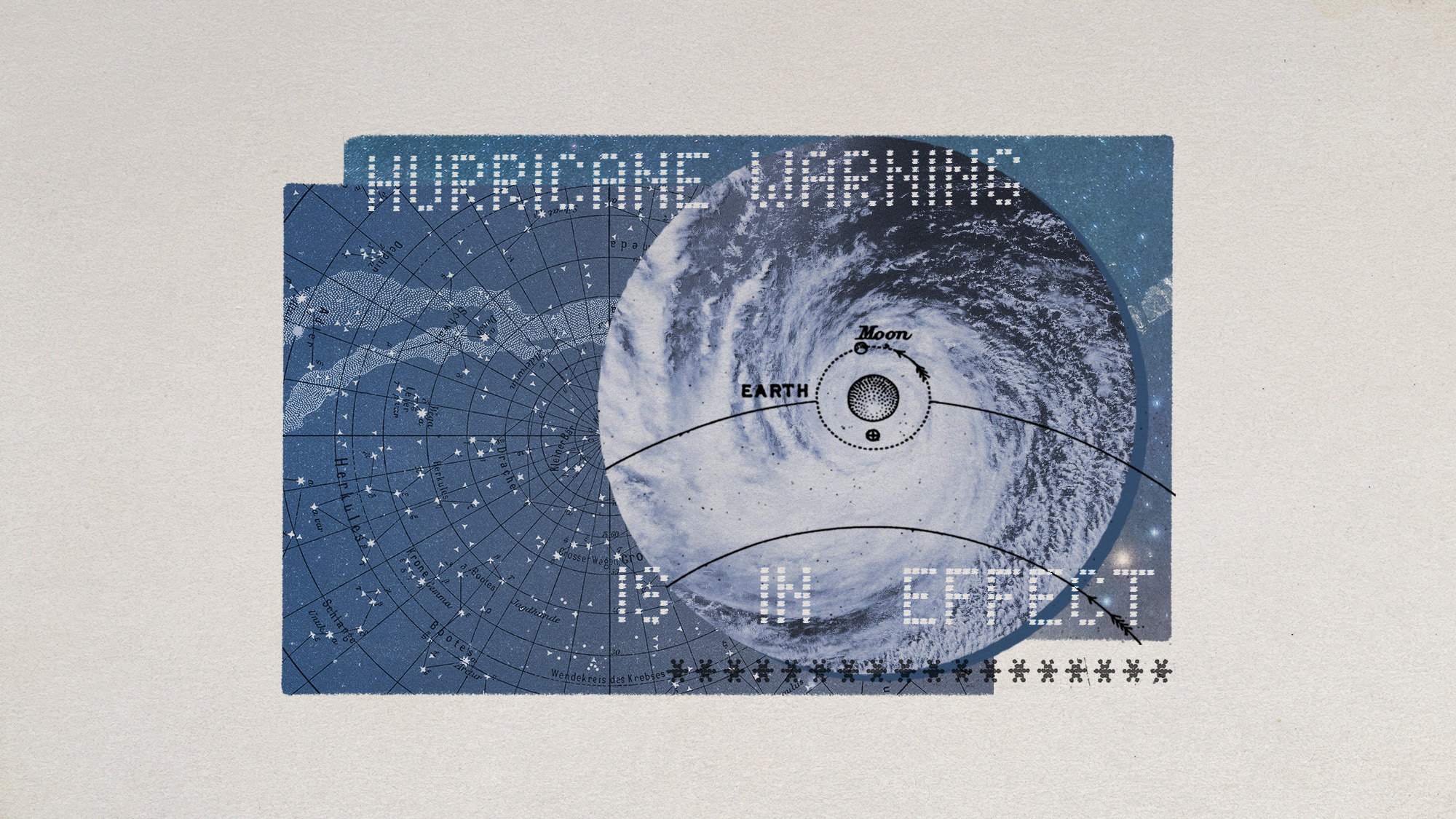 Hurricanes are not exclusive to Earth. They can happen in space.
Hurricanes are not exclusive to Earth. They can happen in space.Under the radar These storms may cause navigational problems
-
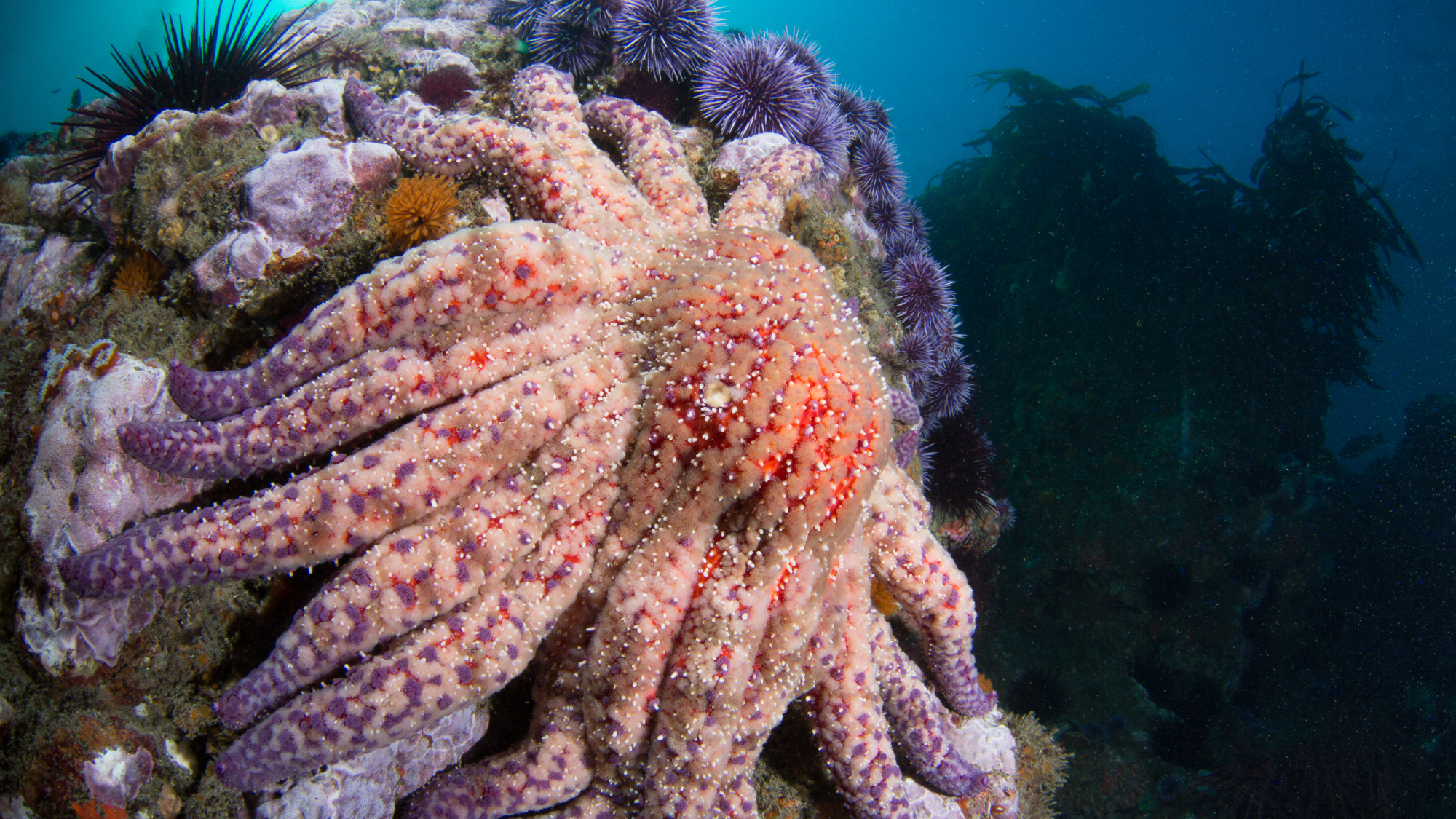 Scientists discover cause of massive sea star die-off
Scientists discover cause of massive sea star die-offSpeed Read A bacteria related to cholera has been found responsible for the deaths of more than 5 billion sea stars

